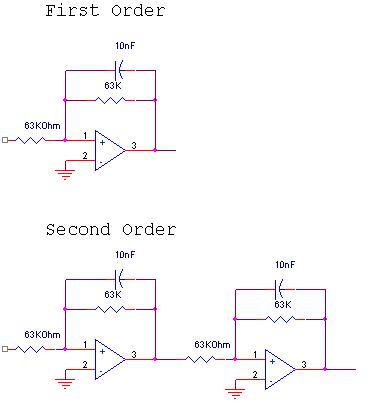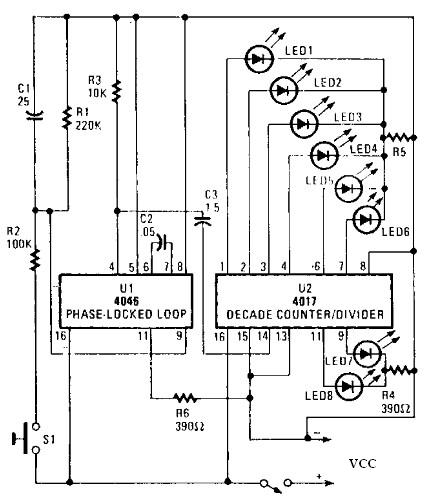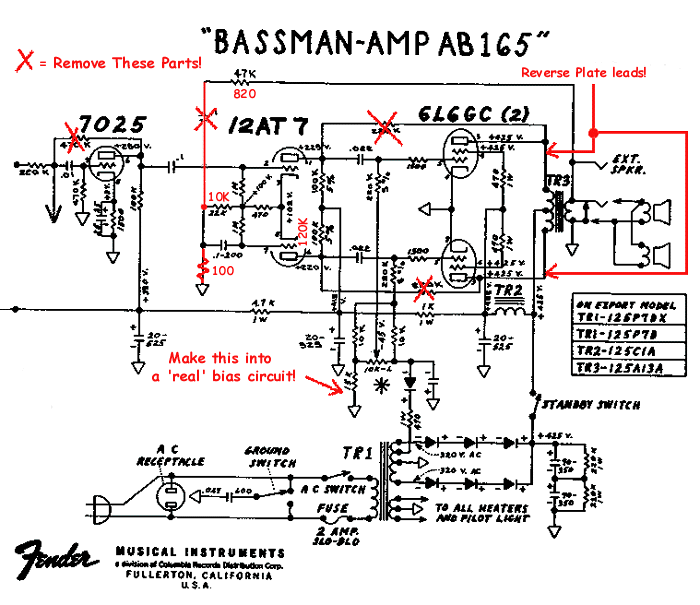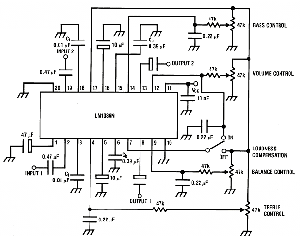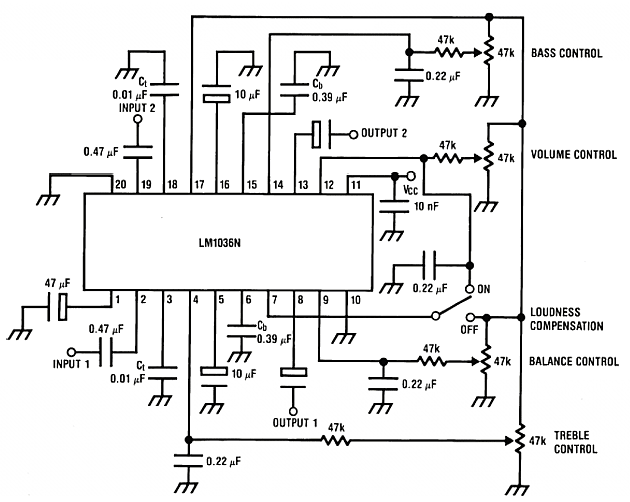
bass glow
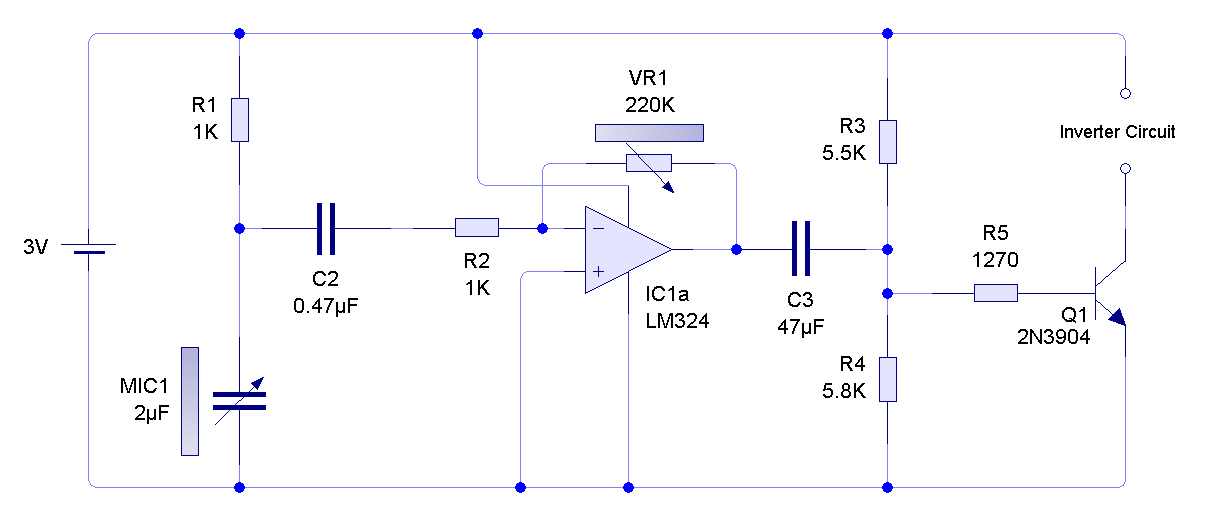
A ready-made inverter circuit was utilized to drive the EL sheet; therefore, the diagram is incomplete. Additionally, the battery consumption appears to be significantly higher than expected. An AVI video file without sound, recorded using a webcam, is available for viewing. Interested individuals can download it from the provided address.
The circuit utilizes an inverter designed to convert a low DC voltage from a battery into a higher AC voltage suitable for driving an electroluminescent (EL) sheet. The inverter circuit typically comprises key components such as a transformer, transistors or MOSFETs for switching, and capacitors for filtering. The design may include a feedback mechanism to stabilize the output voltage, ensuring consistent brightness of the EL sheet.
However, the noted higher-than-expected battery consumption suggests inefficiencies in the circuit. This could be due to factors such as inadequate component ratings, suboptimal switching frequencies, or insufficient power management techniques. It is advisable to analyze the circuit layout for potential improvements, such as optimizing the transformer turns ratio or selecting low-loss components.
The provided video serves as a visual reference for the inverter's operation, showcasing the EL sheet's illumination. Users interested in further enhancing the circuit's performance may consider integrating a more efficient power supply or exploring alternative inverter designs that reduce energy consumption while maintaining output quality.Since I used a ready-made inverter circuit to drive the EL sheet, this diagram is incomplete and also I`d say the battery consumption is much higher than it should be. As seen in the comments, an AVI video file is available without sound (as I used my webcam to record it).
If you are interested, you can download it from the address below. 🔗 External reference
The circuit utilizes an inverter designed to convert a low DC voltage from a battery into a higher AC voltage suitable for driving an electroluminescent (EL) sheet. The inverter circuit typically comprises key components such as a transformer, transistors or MOSFETs for switching, and capacitors for filtering. The design may include a feedback mechanism to stabilize the output voltage, ensuring consistent brightness of the EL sheet.
However, the noted higher-than-expected battery consumption suggests inefficiencies in the circuit. This could be due to factors such as inadequate component ratings, suboptimal switching frequencies, or insufficient power management techniques. It is advisable to analyze the circuit layout for potential improvements, such as optimizing the transformer turns ratio or selecting low-loss components.
The provided video serves as a visual reference for the inverter's operation, showcasing the EL sheet's illumination. Users interested in further enhancing the circuit's performance may consider integrating a more efficient power supply or exploring alternative inverter designs that reduce energy consumption while maintaining output quality.Since I used a ready-made inverter circuit to drive the EL sheet, this diagram is incomplete and also I`d say the battery consumption is much higher than it should be. As seen in the comments, an AVI video file is available without sound (as I used my webcam to record it).
If you are interested, you can download it from the address below. 🔗 External reference
